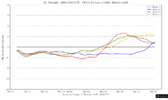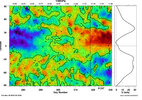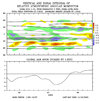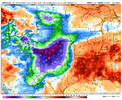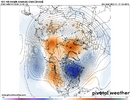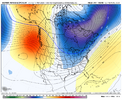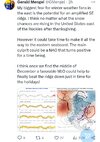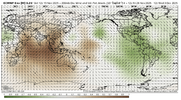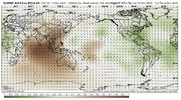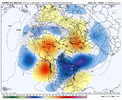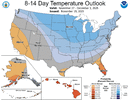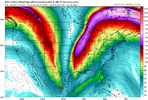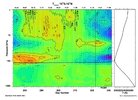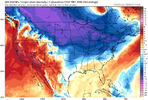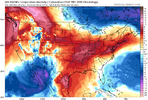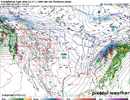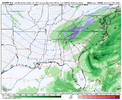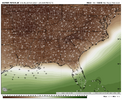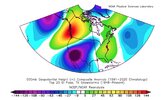Yeah the SE US ridge makes sense at the end of November here.
Anything that can generate appreciable and consistent convective heating west of the international dateline is going to be very effective at producing a -EPO/+TNH pattern a lot of the time.
Here’s what Dec-Jan-Feb phase 7 composite of the OLR MJO Index (OMI) OLR (shaded) & 200 hPa streamfunction anomalies looks like. Notice the wave train that arcs away from the West Pac heating anomalies with ridging over Alaska & a deep trough near the Hudson Bay.
View attachment 176590
This is reasonably close to what the EPS weekly forecast shows in the first week of December
View attachment 176591
I also regressed the University of Maryland OLR monthly dataset onto the CPC’s EP/NH index (a close cousin to the EPO). Notice the significant -OLR anomalies between 150-180E over the equatorial Pacific
View attachment 176593
Typically, the kind of winters that are the most efficient at producing -EPO patterns like the one we are seeing in early December are ones where the low frequency ENSO state in the Pacific is somewhere between a “modoki”/central Pacific El Niño & La Niña, or has +SSTa focused west of the Int’l dateline ~150E-180E.
A lot of the time, you’ll also notice many of these winters with big -EPOs are followed by El Niño in the subsequent year because this subtle eastward shift in the warm pool that forces them can be favorable to the onset of El Niño.
2013-14 is a quintessential example of this.
Notice the +SSTa focused west of the International Dateline and the corresponding -OLRa centered around 150E longitude in the equatorial Pacific. This
View attachment 176596
View attachment 176595
